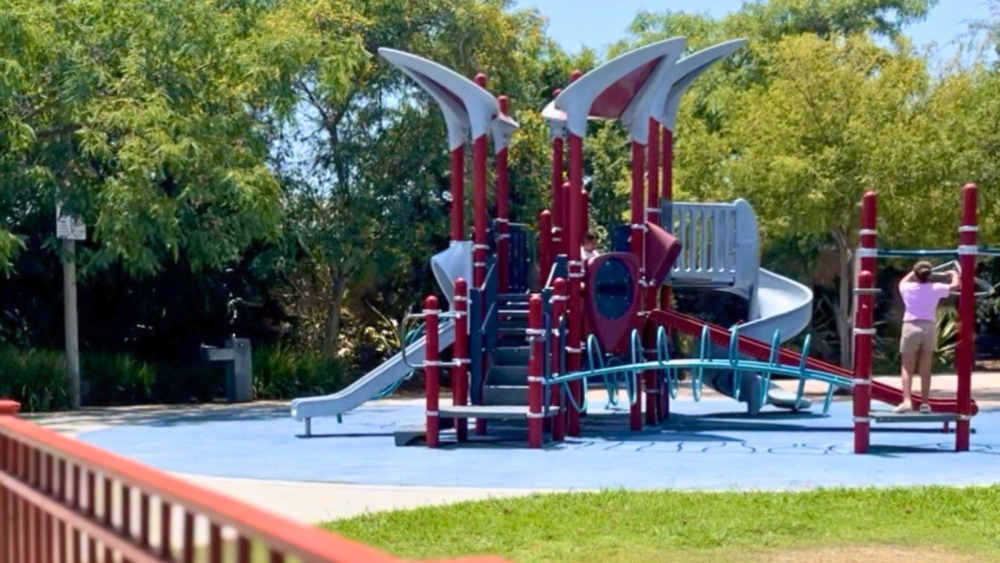Homelessness Outreach Focused on Interstate 15 Corridor Successfully Helps San Diegans in Need of Housing and Supportive Services

Intensive outreach and housing efforts continue near City Heights thanks to California’s Encampment Resolution Fund grant, with dozens of homeless encampments recently addressed near Park de la Cruz at Landis and 38th streets. The City of San Diego received the state award in 2023. These grant funds provide dedicated, ongoing financial assistance to ensure a stable home is found for people living in the encampments. In addition to housing, the outreach efforts provide a compassionate blend of supportive services and diversion programs, helping individuals end their homelessness without the need for police intervention.
The City is implementing this program in partnership with Caltrans and nonprofit service providers. So far, 18 people have entered shelter options, three have been reunited with family, and five have moved into permanent housing, with eight more people on their way.
“This funding allows us to identify what does this person need,” said Ketra Carter, who oversees outreach efforts for the City’s Homelessness Strategies and Solutions Department. “Some need more medical care than just a key to an apartment. Building those relationships, building that trust and identifying pathways to stability and something that someone wants to do, that is best suited to meet their needs.”
Just last week, California Governor Gavin Newsom ordered state agencies to address encampments. In a video posted of an encampment abatement, Newsom said, “We’ve invested now over $1 billion in encampment resolution grants not only to cleanup sites like this, but to address the underlying issue in the first place.
In late April 2024, intensive street outreach including medical support began near the I-15 with the goal of finding solutions to connect people to housing. The City contracted with People Assisting the Homeless (PATH) for outreach and Health Care in Action for street medicine. The assistance is happening in three phases with the first focused on Park de la Cruz and near Central Avenue Mini Park.
“Our intended goal is to reach Ward Canyon by January 2025 and assist every string of encampments along the way,” Carter said. “These are little communities that have gotten together, that are just up and down our interstate and this funding has allowed us to take those entire communities and say, ‘If you’d like to go together, let’s go together.’”
Encampment Resolution Funds are flexible and can be used for temporary housing options while someone is waiting for a permanent home. The grant can also help pay for other costs including funding set aside to cover co-pays for medical care, application fees required for permanent housing, utility deposits, or appropriate clothing or auto repairs to maintain employment.
“Those temporary solutions could be transitional housing, it could be skilled nursing facilities, it could be board and cares, and it could be emergency shelter,” Carter said. “Whatever it is that meets the need of that individual, we’re going to use that as a bridge until we can identity what permanent housing looks like for that person. When we say this individual has that safety net, it doesn’t matter how many different options we’re looking for – we’re finding the one that meets their needs without allowing them to return to homelessness and create a cycle of recidivism.”
Outreach teams are in phase two of the Encampment Resolution Fund grant, with housing and cleanup efforts now focused on Teralta Neighborhood Park.
The City has used the same state grant to successfully address encampments along a portion of E Street in East Village and a similar effort has just gotten underway along the San Diego River. The City of San Diego, County of San Diego, City of Santee and California Department of Transportation were awarded nearly $17 million total for the collaborative river encampment project last June, with $3.6 million allocated to the City. Funding will help cover the costs of outreach efforts and supportive services for individuals, and address encampments along the river at the same time.
